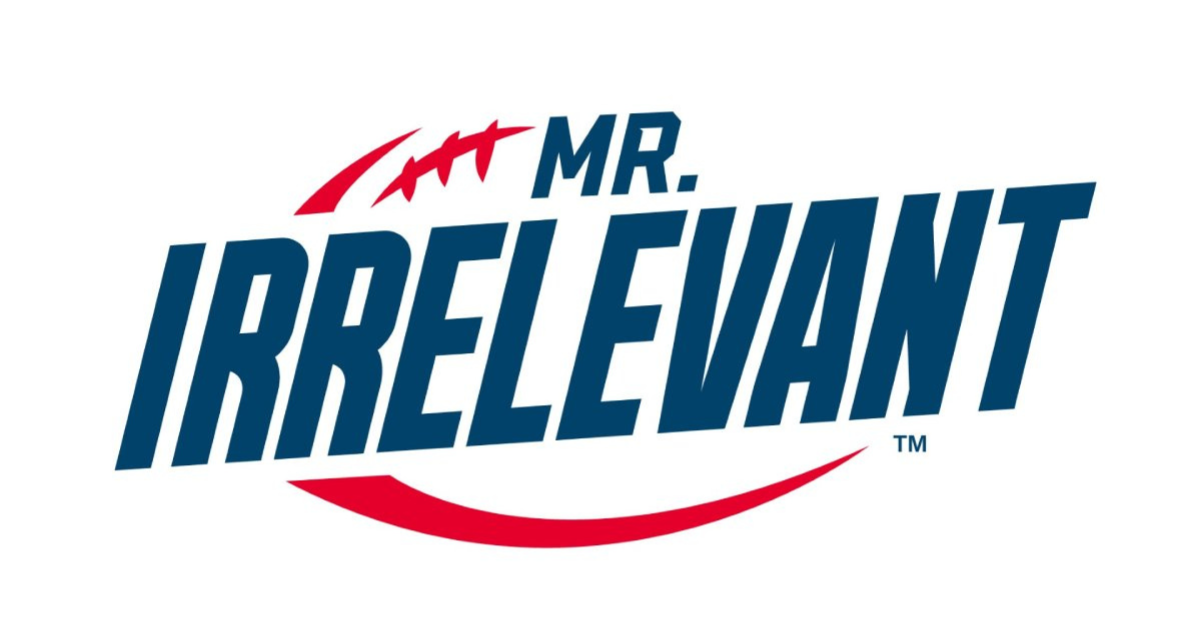John Woo and Nicolas Cage are reuniting for a new crime biopic, Gambino, with Cage set to play New York mob boss Carlo Gambino. The project is being launched at the American Film Market with WME Independent handling sales, and it has already been covered in detail by both
Variety and
Deadline.According to those reports, Woo will direct from a script by George Gallo (Bad Boys) and Oscar-winning writer-producer Nick Vallelonga (Green Book). Nicolas Cage will portray Carlo Gambino in a character-driven crime drama backed by producers Cassian Elwes, Edward Zeng of NextG Films, Robert Daly Jr., and David Lipper of Latigo Films, with NextG Films financing. Cage, Gallo, Vallelonga, and Ken Atchity are also producing.
The film also grows out of Gambino: The Rise, a true-crime novel by James E. Pierre that was developed with Ken Atchity, published by Story Merchant Books, and moved step by step toward the screen over several years.
Before there was a film called Gambino, there was a manuscript on Ken's desk.
James E. Pierre's novel Gambino: The Rise follows Carlo Gambino's journey from Sicily to New York, tracing how a quiet, observant man builds and maintains power inside the criminal underworld. The story looks at what power actually looks like when it is exercised without noise: through patience, family ties, agreements, and long memories rather than public theatrics.
Pierre has described how his interest in this world began with a violent incident he witnessed as a child, an experience that stayed with him and eventually led him to research the Gambino family in depth. Out of that research came a story with enough scope to support a full-length book and enough dramatic spine to interest film producers.
In his client testimoinal, Pierre sums up the turning point in that journey in a single line:
"Ken Atchity was the first person to believe in me and in Carlo Gambino, the main character in my book, Gambino: The Rise."
He explains that he felt for a long time as though he might be the only person deeply interested in Carlo Gambino's life and organization. Working together changed that perception. The material stopped feeling like a private obsession and became a story shaped for a broader audience: readers first, and potentially viewers later.
That shift involved specific, practical work. The manuscript needed structure and pace that would satisfy crime readers and also make sense as potential source material. Development focused on clarifying Gambino's arc as a character, tightening the narrative spine, and grounding the history in vivid scenes rather than abstract explanation.
Story Merchant Books and Publication
Once the manuscript had been developed to that point, the next question was how to bring it to market.
Gambino: The Rise was published by Story Merchant Books, an imprint designed for stories with strong narrative and commercial potential. In this case, the goal was not only to reach readers but also to present the story in a form that agents, managers, and producers could evaluate quickly.
Publication through Story Merchant Books gave the project several advantages:
- A professionally produced novel that could stand on its own.
- A clear record of the property and its author.
- A stronger foundation for discussions with producers and financiers.
From there, the project entered the long, less visible phase of any serious book-to-film journey: proposals, meetings, early option activity, re-packaging, and the ongoing work of keeping the story in circulation until the right combination of talent and timing emerged. The recent Woo-Cage announcement is the visible result of that long stretch of quiet effort.
Why Gambino Works on Screen
Not every strong novel belongs on the screen. Some stories are too interior or diffuse and lose too much when compressed into a two-hour format. Part of the work with Pierre was identifying what made Gambino: The Rise particularly suited to adaptation.
Several qualities stood out.
A central figure with genuine dramatic weight
Carlo Gambino is not an invented composite. He is a documented figure whose life intersects key phases of twentieth-century organized crime. The novel presents him as a man who exercises power through patience and understatement. That kind of character gives an actor real range and gives a director a clear line around which to build the film.
Built-in moral tension
The book does more than list crimes and alliances. It examines how family, loyalty, fear, and ambition interact inside Gambino's world, and it asks what that world costs the people who live inside it. That tension between loyalty and violence, honor and survival, gives the story more depth than a simple catalogue of events.
A workable narrative frame
Accounts of the film describe a structure that uses the perspectives of people around Gambino, including journalist Jimmy Breslin. The book already leans toward that kind of framing. The empire is seen through the eyes of those who observe it, report on it, and live under it, which gives the story a way to handle decades of history without becoming a list of headlines.
A fully visual world
The settings in Gambino: The Rise range from early New York streets and cramped apartments to back-room meetings and the quieter spaces where long-term power is negotiated. That variety allows a film to move between intimate conversations and wider set-pieces while staying grounded in a specific reality. When development work began, these qualities made it clear that the book "wanted" to be a movie. The task over the following years was to align that potential with the right team. The current package, with Woo directing and Cage in the title role, reflects that alignment.
The Work Behind the Scenes
From the outside, a project like Gambino can look like a stroke of luck: a writer finishes a manuscript, the right person happens to read it, and a film comes together. Luck always plays some part, but the day-to-day work is more disciplined than that.
On this project, the work inside The Writers Lifeline and Story Merchant looked roughly like this:
1. Development and coaching
The manuscript went through structural and line-level feedback. Notes focused on character, stakes, pacing, and clarity. The aim was a book that could satisfy demanding readers and also give producers a clean, comprehensible story spine to work with.
2. Publication strategy
Rather than wait indefinitely for a traditional publisher to understand and support the project, Ken used Story Merchant Books to bring Gambino: The Rise to market in a timely, professional way. That decision balanced the creative needs of the story with the realities of the marketplace.
3. Packaging and advocacy
Once the book was out, the focus shifted toward presenting it in the film world: crafting loglines, preparing pitch materials, and introducing the project to producers who are actively interested in crime and biographical stories. Advocacy in this context means returning to the project repeatedly, adjusting the approach, and keeping the story in the conversation over time.
4. Sustaining momentum
Film development rarely moves in a straight line. People attach and detach, financing changes shape, schedules collide. A central part of the producer's role is to keep a story like Gambino from slipping off the table during those cycles, and to recognize when the right moment and team have finally arrived.
That is the same kind of process outlined in The Writers Lifeline's coaching programs: finish the work on the page, position it intelligently, and stay with it long enough for it to find its audience.
What Writers Can Learn from Gambino's Path
Most writers will not see their book adapted with this particular combination of director, star, and producers. The Gambino journey is not a formula. It does, however, illustrate several practical points about moving from page to screen.
- A manuscript with film potential still has to work as a book.
The first obligation is to the reader. Talk of adaptation is meaningful only after the story holds together on the page. - The "right" publishing route depends on the project.
Some books are best served by a traditional submission process. Others, like Gambino: The Rise, benefit from a more direct path through an imprint that can move faster and keep adaptation in view from the beginning. - A committed partner matters.
Pierre's experience shows the value of having someone who can see the story's potential, ask candid questions, and stay with the project through years of development and market shifts. - Adaptation is a long-term game.
The distance between finished manuscript and film announcement is measured in years, not months. Understanding that reality makes it easier to keep doing the work at each stage instead of expecting an immediate jump from draft to greenlight.
How to Follow Gambino from Page to Screen
Readers and writers who want to follow this story more closely have several places to start.
- Read the source. Gambino: The Rise by James E. Pierre is available on Amazon here. The novel is the best way to understand the character and world at the core of the film.
- Learn more about how The Writers Lifeline works with writers. The Writers Lifeline's coaching options at
https://thewriterslifeline.com/coaching-programs/ outline the kind of editorial and strategic support that helped shape Gambino: The Rise - Watch the conversation between Pierre and Ken.For a more personal view of how the relationship developed and how the project evolved, watch their joint appearance on Deborah Kobylt Live here:
https://deborah-kobylt-live-james-pierre-and-ken-atchity/.




.png)

.jpg)














